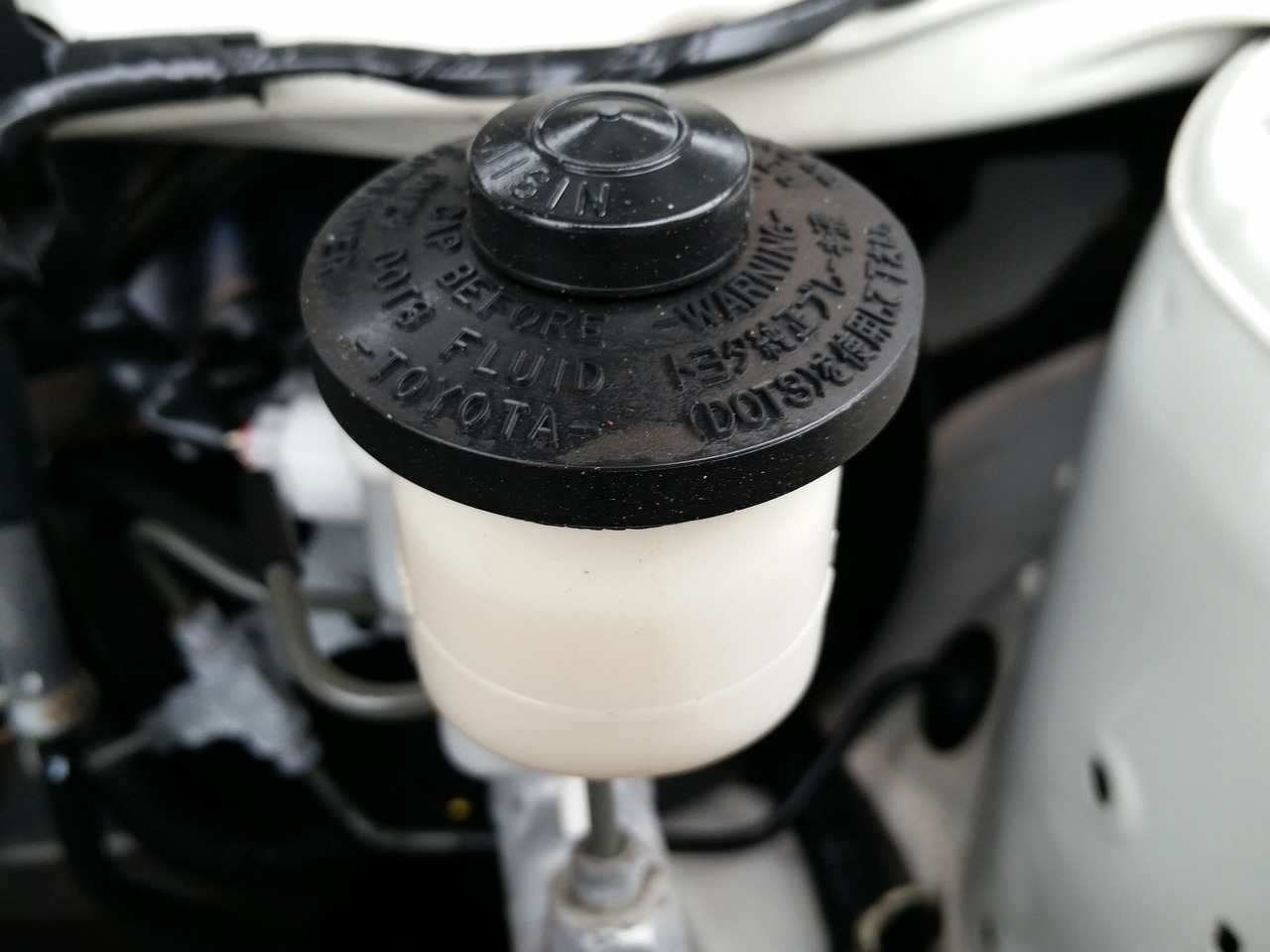Alright, dear readers, gather ’round because today we’re diving into the age-old debate of our generation. No, it’s not about whether pineapple belongs on pizza (though we can tackle that another day). It’s about Electric versus Internal Combustion Engine (ICE) vehicles. Because when you’re stuck in traffic, it’s essential to know you’ve made the correct life choices about what’s humming (or grunting) under your car’s hood.
Electric Cars: The “Hipster” Choice
Now, if you’re looking to be the talk of your next, uh, eco-friendly, gluten-free, yoga retreat, then an electric vehicle (EV) is your weapon of choice. Here’s why:
1. Mother Nature’s BFF: Drive an EV and suddenly you’re that person giving the environment a big hug, every single day. Why? Because EVs produce zero tailpipe emissions. You can almost hear the trees whispering, “Thank you,” every time you zoom past them.
2. Silence is Golden: Ever wish your car didn’t sound like a lawn mower with a bad attitude? EVs are so quiet that they have to artificially produce noise at low speeds just so pedestrians know they’re around. Stealth mode: Engaged.
3. Savings Galore: Yes, there’s the upfront cost. But after that? It’s like Black Friday every day. Electricity is cheaper than gasoline, and there’s less maintenance. No oil changes, fewer moving parts, less drama. Your mechanic might start missing you, but that’s a small price to pay.
4. Instant Gratification: Torque, people. That means when you hit the pedal, the car goes. No waiting around for the engine to decide it’s ready. It’s the vehicular version of instant noodle – only healthier for you.
5. Home is Where the Charge Is: With EVs, you can literally roll out of bed, have your morning coffee, and by the time you’ve decided on your outfit for the day, your car could be charged (depending on your charger speed, of course). No need to make an extra stop at the gas station when you’re already running late because, surprise surprise, your garage IS your “gas station”.
6. Tech-savvy Goodness: EVs are typically ahead of the curve when it comes to tech. It’s like driving a smartphone. Touchscreens, navigation, self-parking, and sometimes, it might even tell you a joke. Siri and Alexa, meet your four-wheeled cousin.
7. Resale Value? Cha-ching! Contrary to what your ICE-loving uncle might tell you, some EVs are holding their resale value pretty well. Plus, with more cities pushing for green initiatives, that EV might just become a hot ticket item in the used car market.
ICE Vehicles: Oldie but a Goldie?
Now, the beloved and time-tested ICE vehicles. These are for those who think, “Why change what’s not broken?” Well, here’s a refresher:
1. Everywhere Fuel: Let’s face it, gas stations are more common than coffee shops. And in some places, you’ll find a gas station before you find clean drinking water. ICE vehicles got that ‘refuel anywhere’ vibe going on.
2. Vroom Vroom: That growl. That grunt. It’s the ICE’s signature. For those who think cars should be heard, not just seen, this is your siren song.
3. Tried and Tested: You’re not into experimentation, I get it. ICE vehicles have been around longer than most TV shows. They’re the “granddaddies” of the automotive world. Respect.
4. No “Range Anxiety”: With EVs, you might occasionally stress about where the next charging station is. ICE cars? Just look for the nearest dino juice pump, and you’re good to go.
5. No Waiting Game: Need to refuel? A few minutes at the pump, and you’re back on the road. No need for an extended coffee break while your car sips on some electric juice.
6. Adventure Ready: Planning on a cross-country trip without a set route? An ICE car might be your best bet. With the ubiquity of gas stations, you can drive into the unknown with the confidence that you’re probably not going to get stranded.
7. Choices, Choices, Choices: From sedans to monster trucks, ICE vehicles offer a smorgasbord of options. Want a three-door hatchback in neon green with a sunroof? You got it!
Conclusion: To E or Not to E?
So, what’ll it be? Are you the modern, tech-loving, planet-saving individual who’s all in for that electric life? Or are you the rugged, tradition-loving, spontaneous adventurer who’s sticking to the tried-and-true ICE?
Ultimately, whether you’re zooming silently in an EV with trees cheering you on or cruising loudly in an ICE with the chorus of vroom-vrooms, the choice is yours. Just remember, no matter what you drive, use your turn signals, okay? Because that’s the real debate here.
Pro Tips for the Indecisive Motorist
- Total Cost of Ownership (TCO): When comparing vehicles, always consider TCO which includes the purchase price, fueling/charging costs, maintenance, insurance, and potential resale value. Sometimes a higher upfront cost can pay off in the long run.
- Local Incentives: Some regions offer incentives for EV buyers, like tax credits, HOV lane access, or rebates. Make sure you research what’s available in your area. Who doesn’t like some extra perks?
- Home Charging: If you’re leaning towards an EV, think about your living situation. Apartment dwellers might find it tricky, but many places are now installing shared charging stations. If you have a garage, even better!
- Road Trips: If you frequently venture on long road trips, check the charging infrastructure on your route. There are great apps out there to help EV drivers find charging stations.
- Test Drive: This might seem obvious, but nothing beats personal experience. Drive both EV and ICE vehicles back-to-back and see which one feels right. Remember, cars are like shoes. What’s perfect for one person might not be for another.
- Future Proofing: Consider the future landscape. With more cities looking to reduce emissions, the infrastructure for EVs is growing rapidly. On the other hand, classic car enthusiasts might find joy in preserving the heritage of ICE vehicles.
- Eco-Conscious Choices: If you’re environmentally inclined, remember that the source of your electricity matters too. If you’re charging your EV with coal-based electricity, the environmental footprint isn’t as green as you might think. Aim for renewable sources when possible!
- Used Car Market: Don’t forget the pre-loved options! Both EVs and ICE vehicles can be found in the used market, often with significant savings and with warranties still in place.
- Hybrids – The Middle Path: Can’t decide? Consider a hybrid. They offer a mix of both worlds. You’ll have an electric motor for short distances and an ICE engine for longer ones. It’s like having your cake and eating it too, only with cars.
FAQ: Electric vs. ICE Vehicles – The Questions You’re Burning to Ask
Well, smarty pants, while EVs have zero tailpipe emissions, there are still emissions associated with electricity production. So unless your EV is being charged purely by renewables (like solar or wind), it isn’t entirely emission-free. But it’s a significant step up from ICE vehicles in most cases.
This is like asking how long it takes to fill a bathtub. Depends on the size of the tub and the flow of the tap! Charging can range from 30 minutes (fast chargers) to 12 hours (standard home chargers). The bigger the battery and slower the charger, the longer it takes.
While early EVs had ranges comparable to a toddler’s attention span, modern ones can go 150-370 miles (240-595 km) on a single charge. Some luxury models claim even more. But remember, just like your phone, actual mileage may vary.
Upfront? Often, yes. But remember to factor in savings from fuel, maintenance, and potential tax credits. Over the vehicle’s lifespan, the cost can be competitive or even cheaper than ICE counterparts.
You can, but extreme cold or heat can impact battery performance and range. It’s a bit like how your phone battery drains faster in the cold – only you won’t be left stranded on a sidewalk but possibly on a road.
Modern EVs have extensive range prediction systems and will guide you to the nearest charging station. But if you’re really pushing it, treat it like running out of gas – you’ll need a tow or mobile charging service.
It’s a stretch, but one could argue that since ICE vehicles are currently more recyclable than EVs (battery recycling is still evolving), they have that tiny edge. But, EVs compensate with significantly reduced emissions over their lifetime.
Worried about the battery dying mid-way? EV batteries are designed to last the vehicle’s lifespan, typically 8 to 15 years, sometimes even more. And many manufacturers offer extended battery warranties.
While ICE vehicles might have that throaty roar, many EVs boast impressive acceleration thanks to instant torque. So, if you want to feel like you’ve been shot out of a cannon at every green light, an EV might be your ride.
Sorry, stick-shift enthusiasts. EVs are automatic by nature due to their different powertrain. But if you need that manual feel, stick to ICE or get one of those arcade racing games for your living room.



